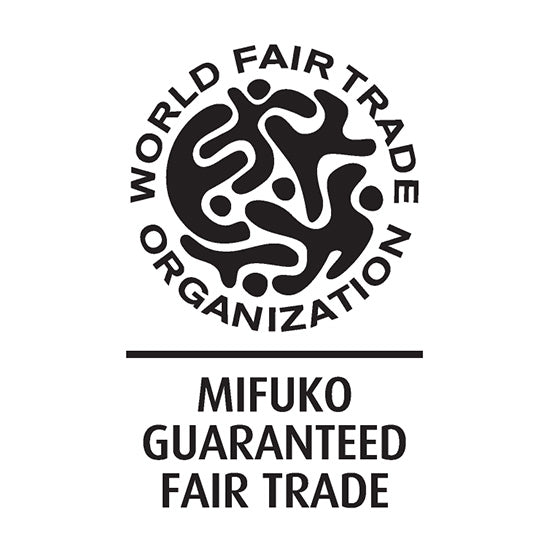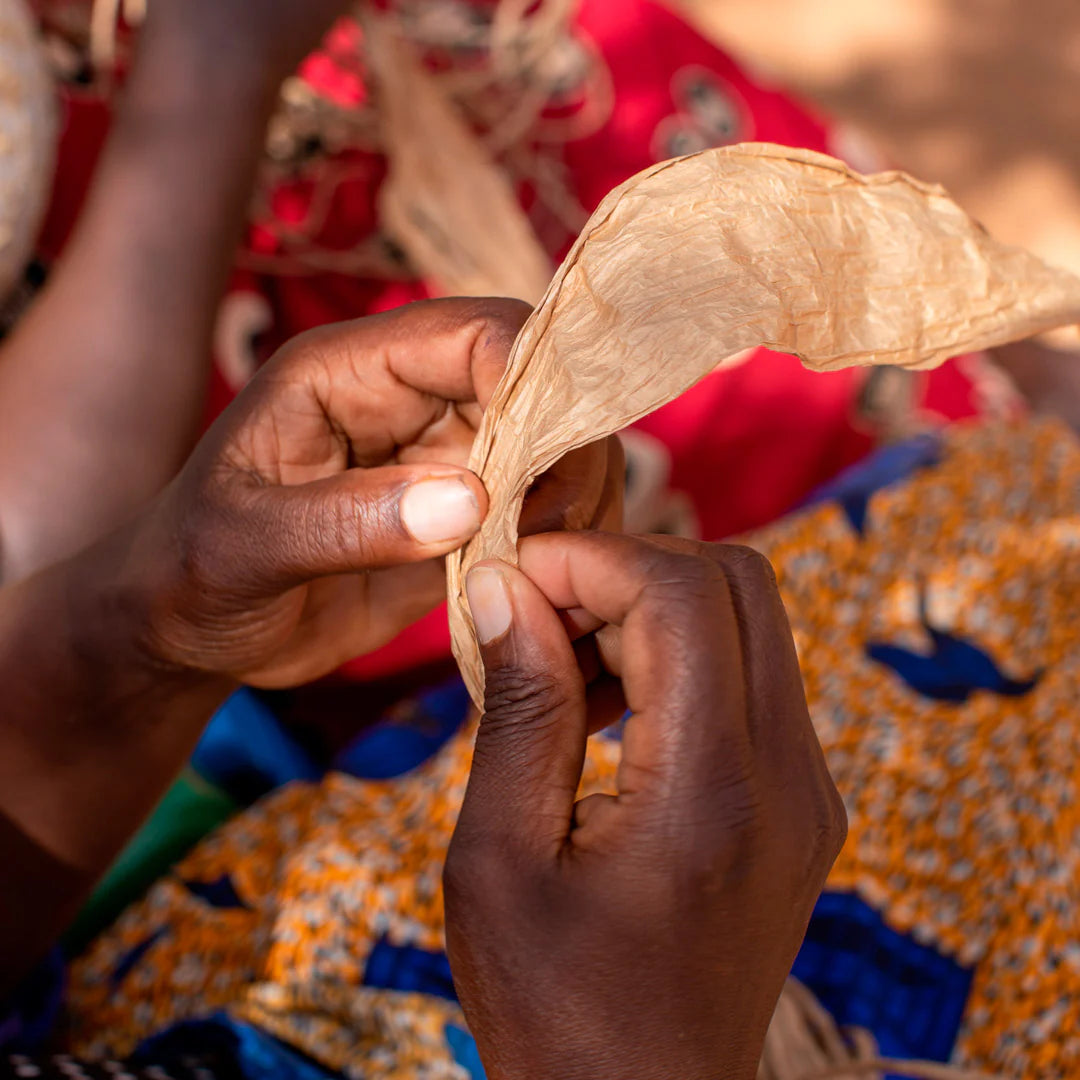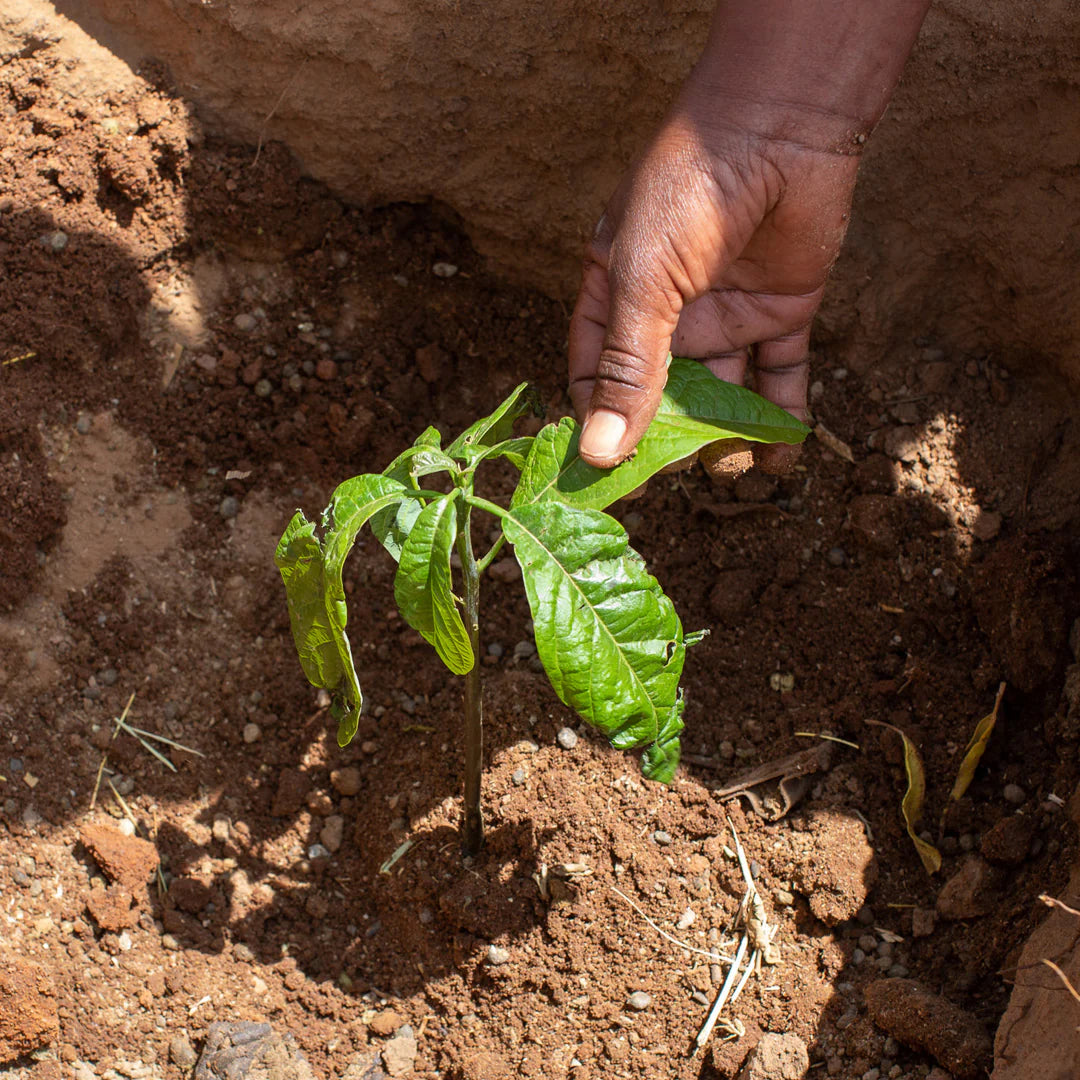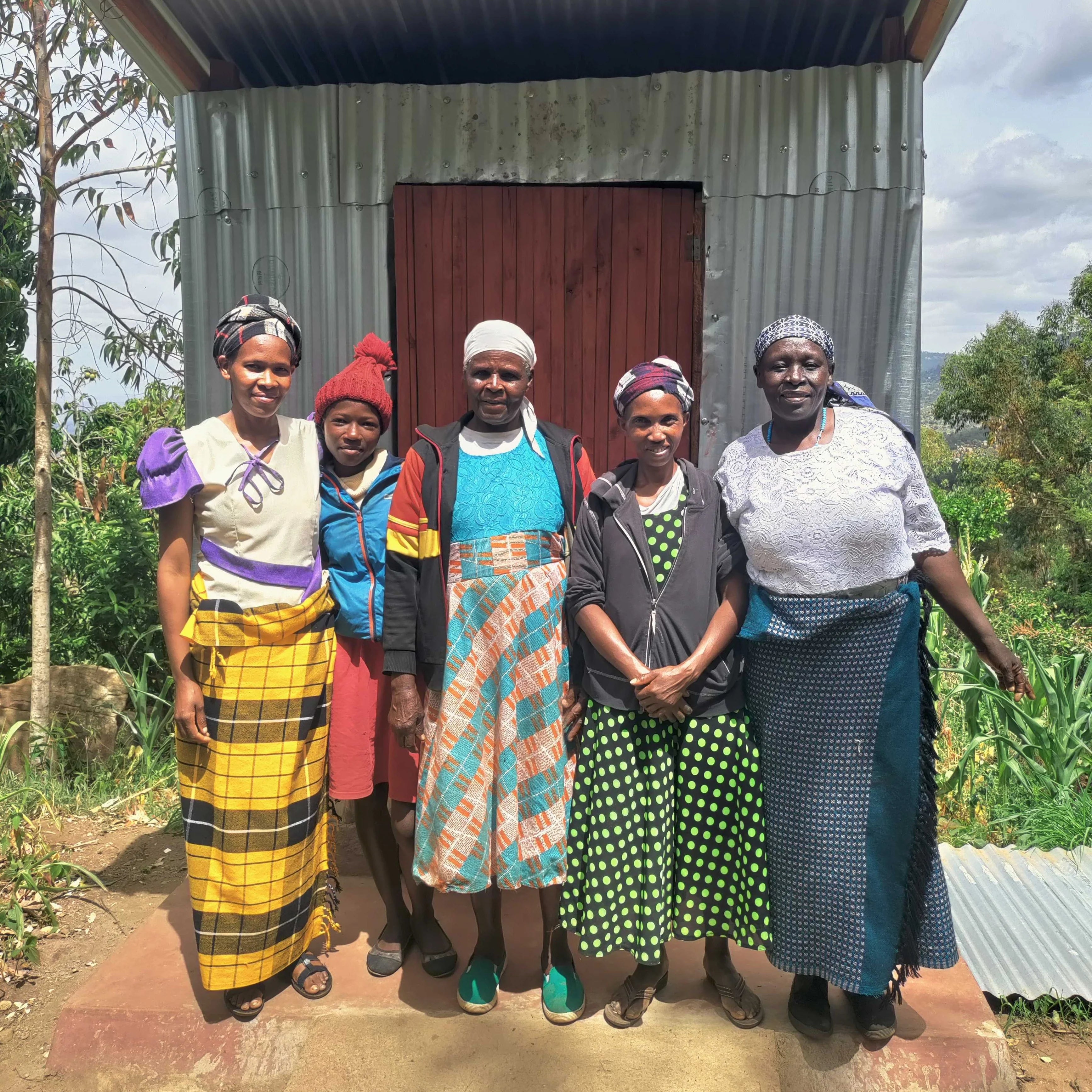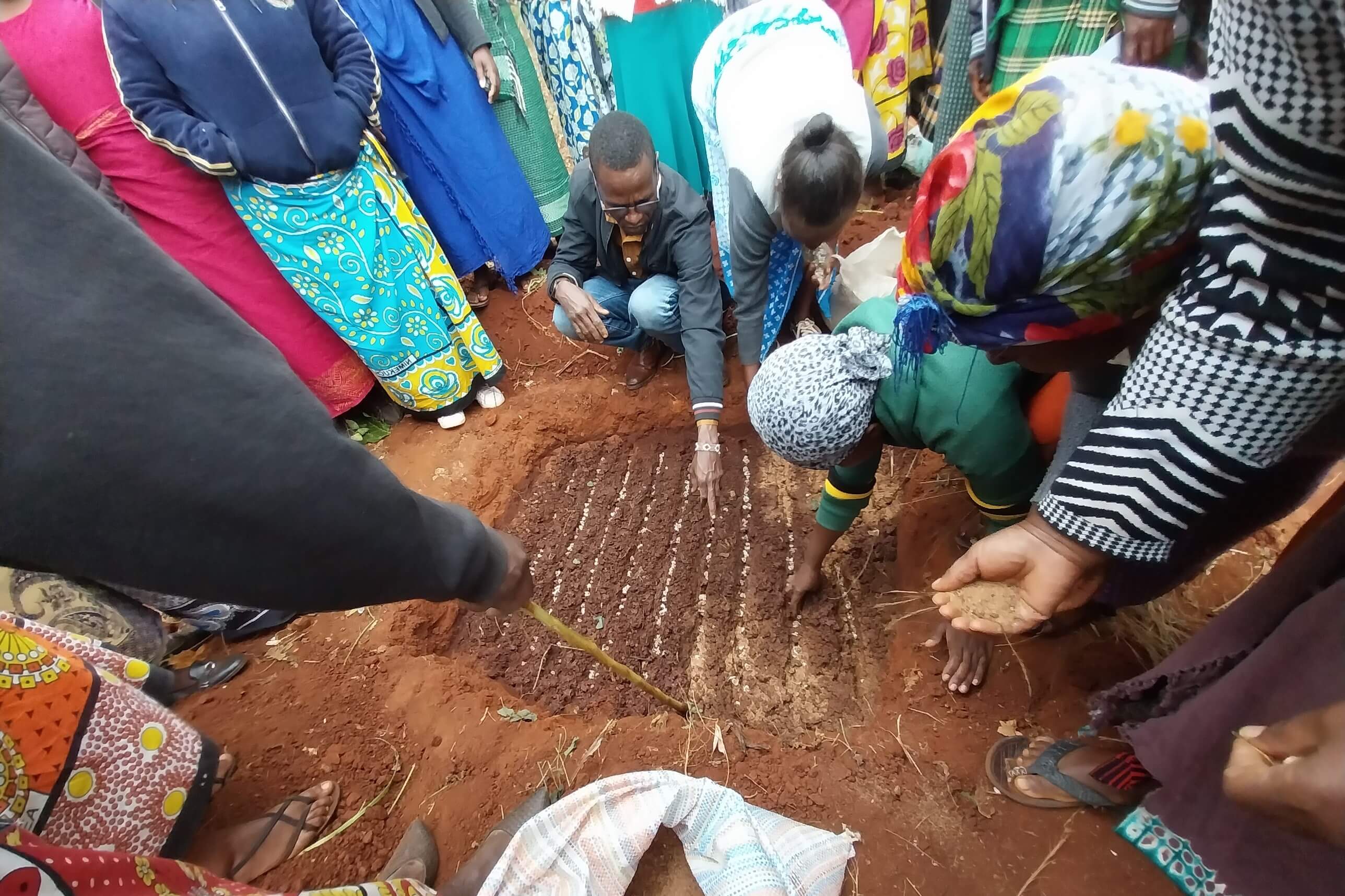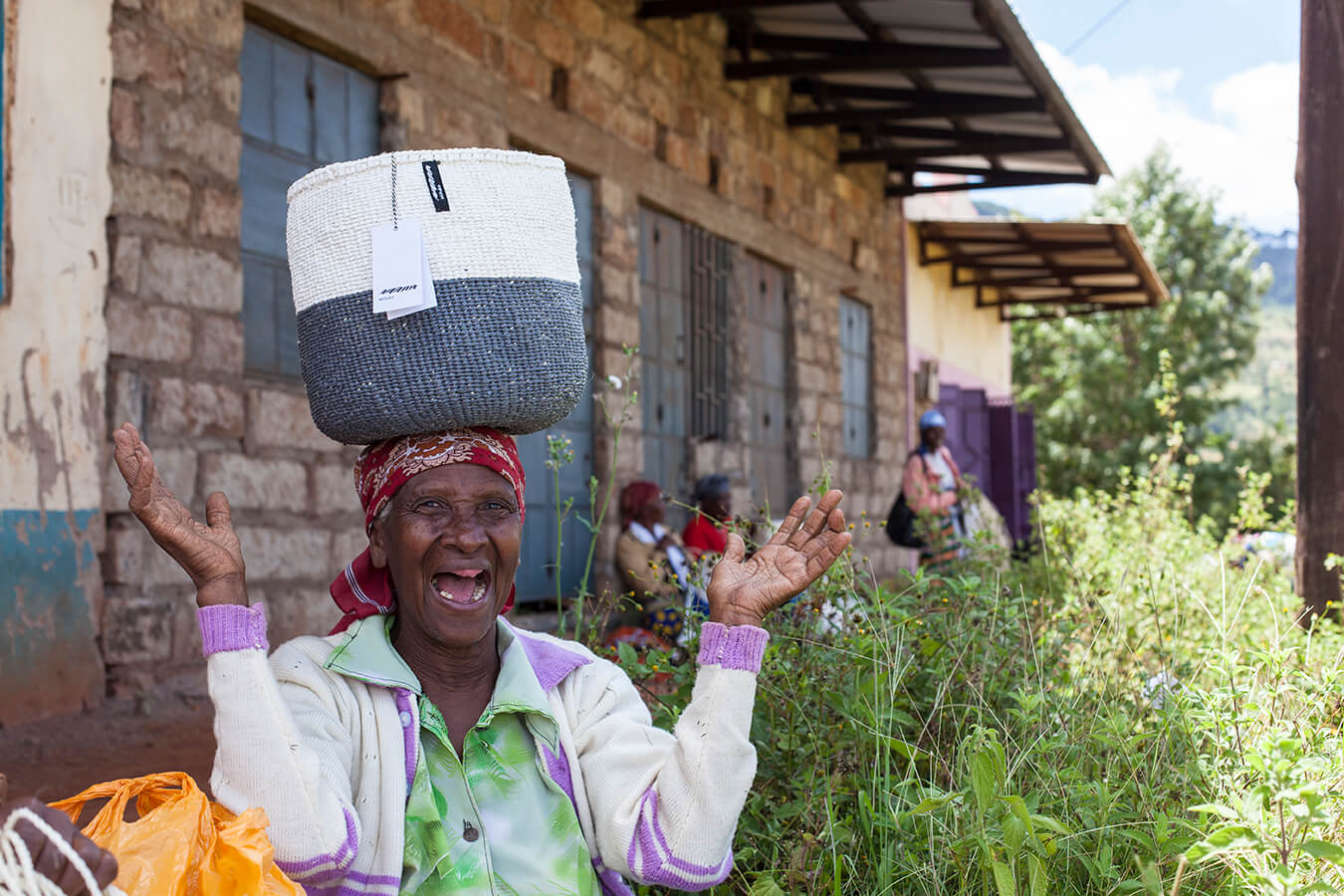Mifuko’s production process generates little to no waste, and the amount of water required for the manufacturing process is null. Carbon emissions, therefore, represent our main environmental impact, particularly those released during transportation. Although we are not required to do so, Mifuko has for the second year in a row calculated its emissions using the greenhouse gas protocol (an internationally recognized methodology to conduct emissions calculations). Estimating our emissions has three important uses.
First, it enables us to have a much clearer view of our environmental impact and of where we can reduce it. For example, we have identified that air transportation and the use of leather represented a significant part of our total emissions. Second, those numbers allow us to set concrete reduction targets where they can be impactful and measure our efforts in the future. Finally, we can integrate our estimations into our sustainability report and communicate our efforts and achievements with our customers and other stakeholders.
As one of the sustainability report contributors and the developer of the calculations, I find it important for Mifuko and other small companies to invest resources to undertake at least some level of environmental accounting. It is meaningful for me to help improve sustainability performance and optimize the value of my work for society as a whole. I enjoy working with numbers and analyzing them from different angles and presenting the results to the rest of the team is my favorite part of this project.
I believe that all organizations should seriously tackle and work to reduce their environmental impact to create an economy that doesn’t rely on the unfair exploitation of people and natural resources.
Article courtesy of Yasmine Bounouara





